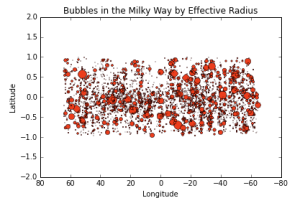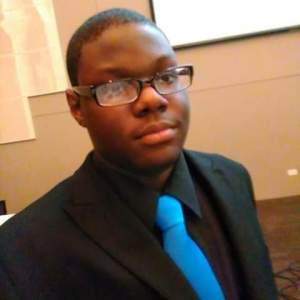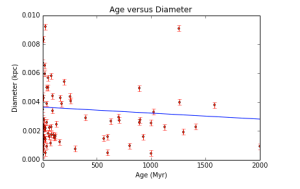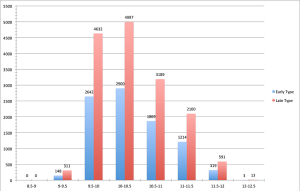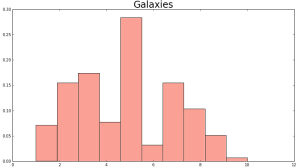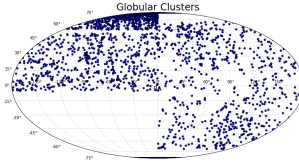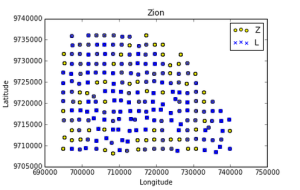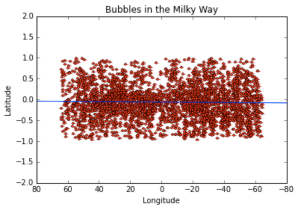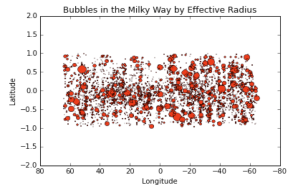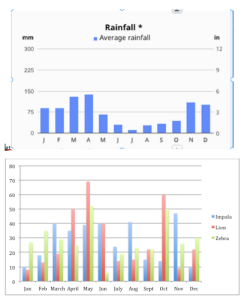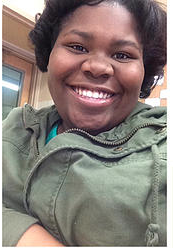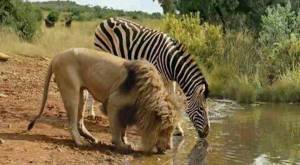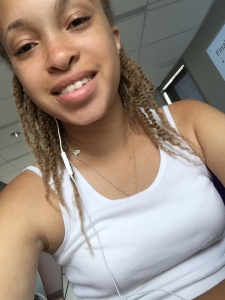The topic examined concerned the prevalence of star formation within galaxies. The term “prevalence” refers to the presence and quantitative extent to which stars exist within a galaxy. The variables examined across a sample of galaxies were, for each galaxy, its morphology and the portion of its mass attributable to stars. The intention of the study was to examine the two aspects of the galaxies and to determine if any correlation existed between the quantity of galaxies with one aspect and the quantity galaxies with the other (i.e., the quantity of galaxies with a morphology and the quantity of galaxies with a stellar mass, and if expressions of the aspects tend to cooccur).
The topic of inquiry was chosen for the logistic capabilities of answering it. Second, an evaluative examination of the provided literature did not answer the question. Furthermore, an examination of literature beyond that which references the database provided did not provide a conclusion/answer to the question. Finally, the topic was not the most familiar, astronomy is not a staple course, and so the greater opportunity for acquiring new knowledge lies in an analysis of the more foreign dataset. The topic of inquiry provided more new learning opportunities than the other topics, and it seems unambitious to select a topic within one’s present range of knowledge or “comfort-zone.” The specific research question is interesting for members of the field and those answering it, it is answerable, and it had not been answered.
Some information was gained during the review of literature provided by the instructors; however, the main gain in information arose from an independent survey of the literature available within the field, online. This occurred in a self-guided manner and was not a part of any lesson in the course, or from the materials of the course. The information reviewed and absorbed included a general understanding of galaxy composition and evolution. Of course, this overview resulted in exposure to (and consequently understanding of) terminology used within the field and specific to the topic. In addition to sorting out the confusing expressions and articulations of those cited as authoring the literature provided in the course, this self-instruction provided an overview of the role of star aging in the life of a galaxy, and vice-versa. The information attained from a review of articles, books, and websites provided a clearer summary of the interaction between stars and galaxies throughout the evolution of galaxies.
Further inquiry should consider the extent to which the conclusions and findings of the study hold true throughout the universe. The dataset examined was not extremely limited; however, should a grander collection of information take place and the resulting dataset be released for public access, the study should be repeated. Doing so would allow for a comparison of findings between the larger dataset and the one examined in this study. Pending the results of the aforementioned comparison, further theorization of galaxy aging and star formation should take place. Should the conclusions of this study be validated, more serious examination into the causes contributing to the observed conclusions may take place, given the grounds for a dedication of resources. Should the conclusions of the study contradict those of this study, opportunities for inquiry into the topic would expand exponentially; new methods for identification of galaxy properties might be necessary given an inexplicable distinction between the two sets of galaxies.
The research project was successful for more reasons than simply the answering of the research question: the conclusions proved far more interesting, as literature examinations would support the hypothesis that the data contradicted. As such, an examination of the interaction between the concepts informing the hypothesis and the factors behind the results of the data analysis would prove fascinating for many and provide numerous opportunities for theorization. This theorization could range from topics of star formation within the Milky Way to the distribution of matter within the universe.
I am a student with interest in research. I enjoyed my research and helping contribute to the field.
